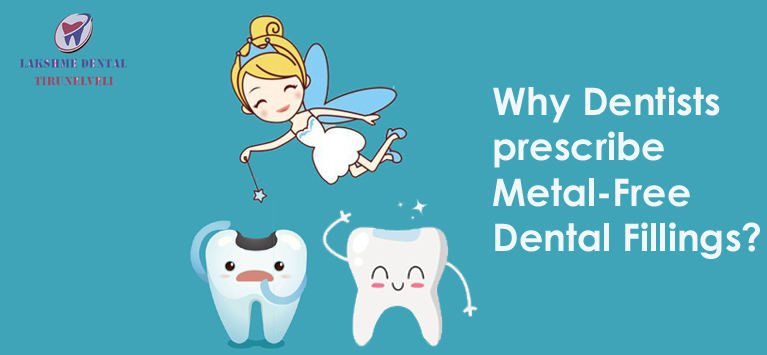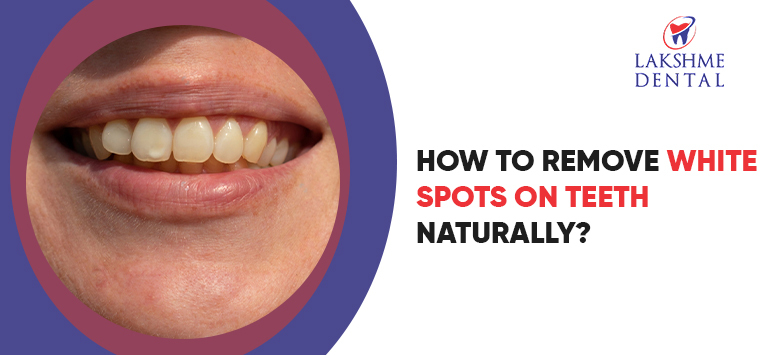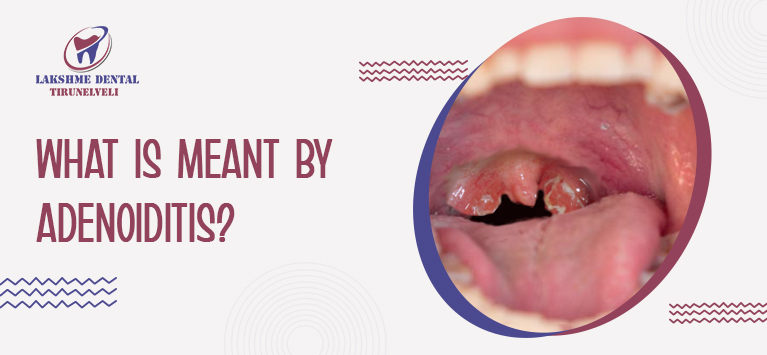
What Is the Blue Light Used by Dentists?
You might wonder why dentists expose a strange blue light over the treated teeth during fillings and restorative treatments. Nowadays, cosmetic dentists utilize that light to bleach teeth. Do you want to know what the light is and the reason behind its application in certain dental procedures? Keep reading to know more about it.
The blue beam of light is called dental curing light. It aims at integrating the filling materials or sealants to set them hard so that the treated tooth’s biting and chewing ability is restored.
Why is dental curing light crucial for fillings & restoration treatments?
In earlier days, cavity filling treatments require different materials to hold the composite resins in the affected tooth. Later, a self-curing resin material arrived. It requires a perfect mixture of the resin material and a catalyst agent to do fillings.
Even though the fillings get hardened within 60 seconds, the materials should be mixed in the right proportions and placed correctly. Otherwise, the fillings do not stay inside a tooth and even cause discomfort to the patients. In such cases, the fillings are removed and the filling treatment has to be performed again.
However, these issues have been resolved and the filling procedures are now more adaptable thanks to the development of dental curing lights. Nowadays, the filling materials are directly placed without any mixture. Then, dentists shone the beam of blue light over the tooth to harden it within a few seconds. It ensures the resin-based composites are properly placed and will not cause any discomfort afterward.
What is involved in dental curing lights?
The blue spectrum light is emitted at various wavelengths between 400 nm and 500 nm from a gun-like machine. The light-activated curing method uses different kinds of lights as follows:
- Halogen Curing Light
- Light Emitting Diodes (LEDs)
- Plasma Arc Curing (PAC)
- Argon Laser units
Halogen curing lights and LEDs are widely using dental curing lights. However, dentists prefer LEDs over halogen curing light because they are highly safe. In most cases, dental curing lights with extensive heating will damage the pulp chamber of a tooth. The LED curing lights do not produce heat while curing. So you don’t worry about any dental damage with LED curing lights.
How do dental curing lights work (or) harden the fillings?
After preparing a decayed tooth, the fillings are placed. It requires a catalyst to solidify the filling materials. The filling materials are made up of many small elements called monomers. When the dental curing light is shone over them, the monomers link together to form polymers.
In essence, the blue concentrated light activates the polymer chains of resin-based composited materials. Apart from cavity fillings, the beam of blue light can be applied on various dental materials. For instance, orthodontists shine this light to set the glue on teeth surfaces to attach brackets.
Are dental curing lights dangerous?
The dental curing lights are safe. They are super bright but are not hard to damage your teeth and gums. The handheld device from which the light is emitted contains a shield that acts as a barrier to control the intensity of light.
As the blue spectrum lights are super bright, transmitted through ocular media, and absorbed by the retina, problems like irreversible retina damage might happen. Hence the patients, operators, and dental professionals who handle the concentrated light should wear protective eyewear to limit the light exposure so that various ocular damages can be prevented.
Are you still scared or have queries regarding the blue spectrum light used in dental offices? To get your doubts cleared, contact our Tirunelveli dental clinic right now.

















